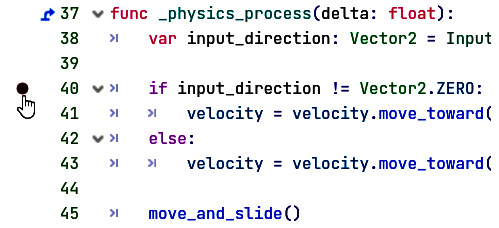Overview of this book
In the digital landscape driven by interactive experiences, the demand for creative individuals with the skills to create captivating games has never been higher. Written by Sander Vanhove, a seasoned game developer with over 20 games to his credit, this book will serve as your entry point into game development, showing you how to leverage the powerful features of the open-source, versatile GDScript 2.0 to develop your ideas, from simple platformers to complex RPGs.
Whether you're an aspiring game developer, a hobbyist seeking a creative outlet, or simply someone intrigued by the world of game programming, this book will guide you through the intricacies of the Godot 4 game engine. Starting with a primer on the fundamentals of programming, you’ll cover everything from data to logic, while familiarizing yourself with Godot’s built-in tools such as the physics engine, navigation, and cameras. As you progress, you’ll unlock deeper insights into more advanced tools that will take your programming to the next level. Aided by easy-to-follow step-by-step tutorials, examples, exercises, and experiments, you’ll seamlessly integrate this newfound knowledge to create a Vampire Survivor-like game from scratch.
By the end of this book, you’ll have become proficient in leveraging the Godot 4 game engine to bring your gaming visions to life.



 Free Chapter
Free Chapter

